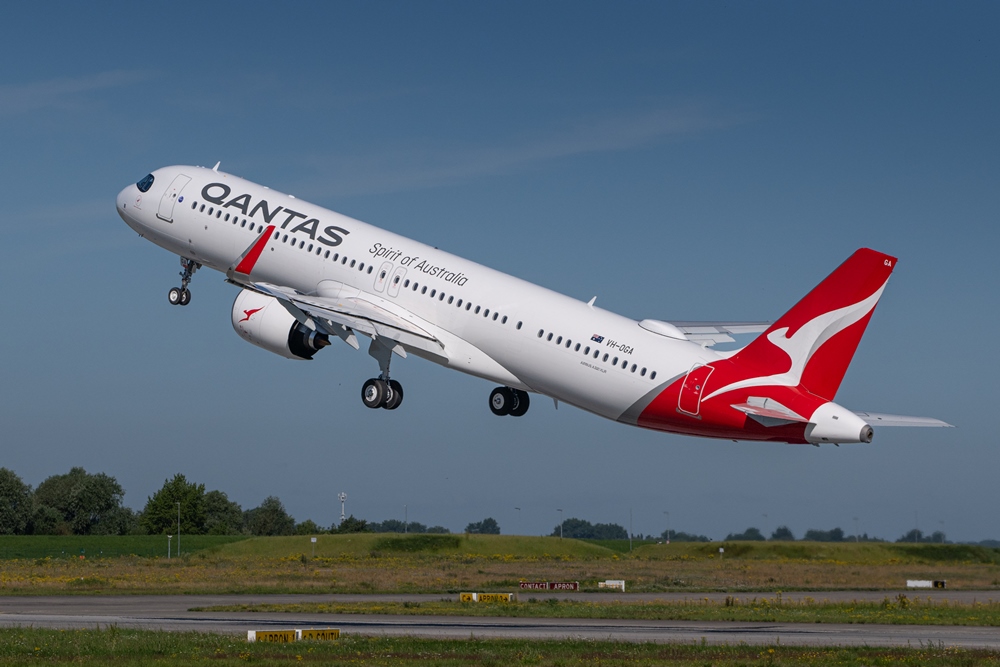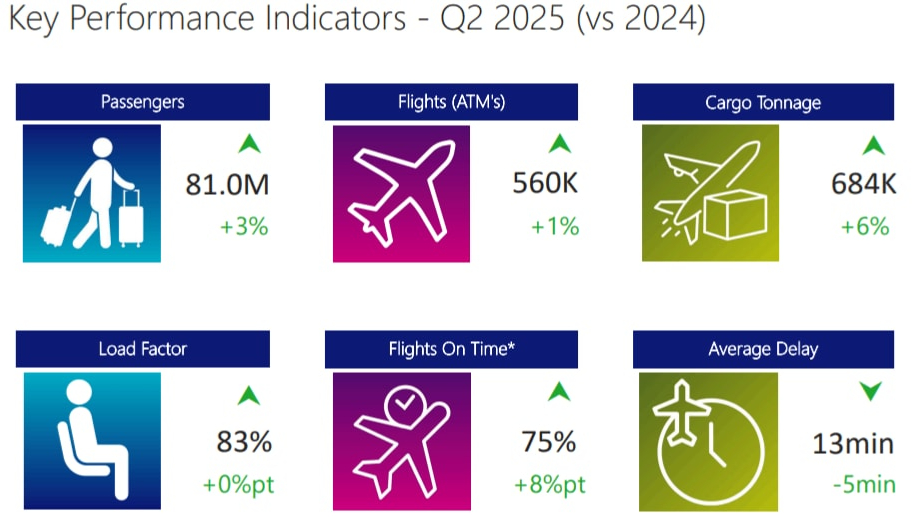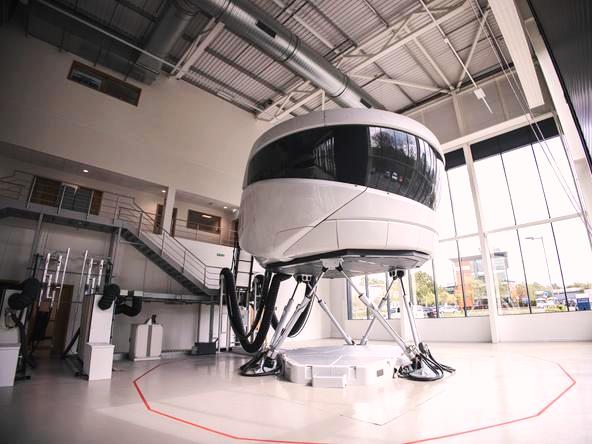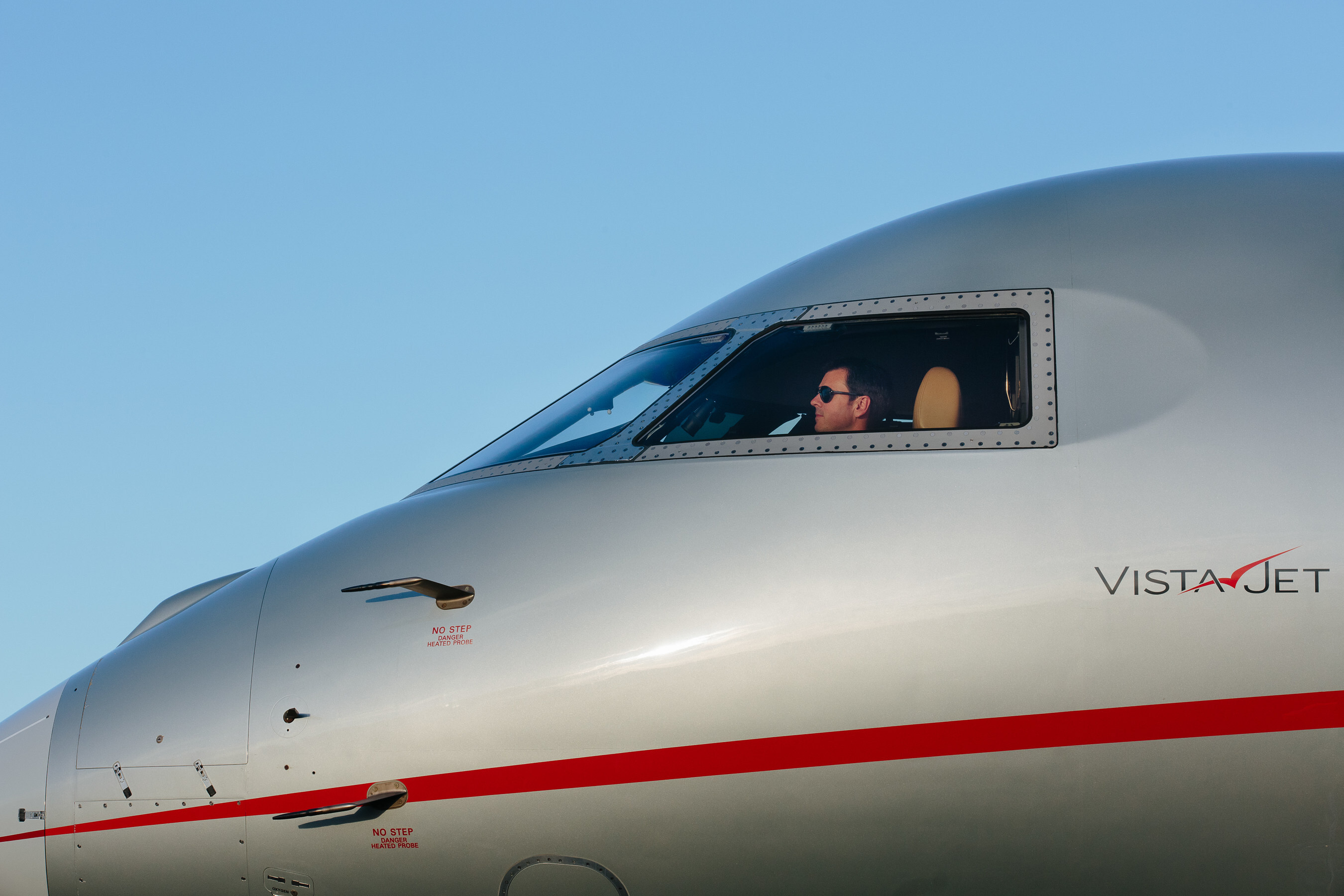Frequentis enhances Gatwick's departure efficiency
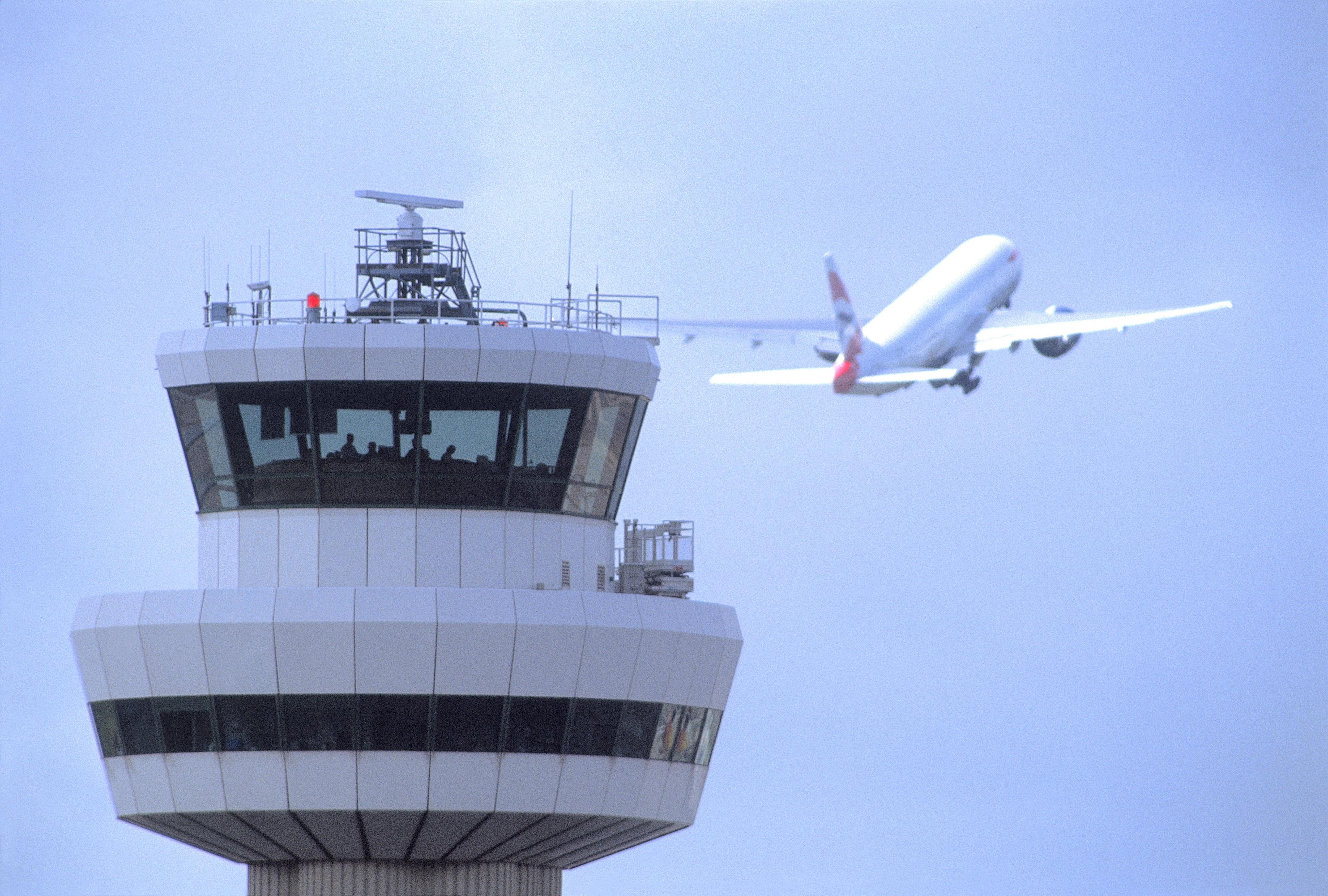
Image courtesy Gatwick Airport / VINCI Airports
By combining the new DMAN with Frequentis’ long-standing Extended Arrival Manager (AMAN) system, installed for UK Air Navigation Service Provider NATS to support London Gatwick’s inbound flights since 2009, Gatwick has become the first airport globally to operate an extended and integrated arrival and departure management solution. This real-time coordination improves operational efficiency, helps maintain on-time performance, and better manages the flow of air traffic on the world’s most intensively used single runway.
Gavin Sillitto, Transformation Programme Lead at London Gatwick, said: “London Gatwick is a unique airport, with the world's most efficient commercial runway. A unique airport means no off-the-shelf product is going to plug in on day one but the way the Frequentis team have worked with us to get the calibration right has been fantastic and the architecture of the product is excellent, allowing the customisation we needed.”
Operating the world’s busiest single-runway airport within one of the UK’s most complex airspaces, the London Terminal Manoeuvring Area (TMA), demands the highest level of operational efficiency. The integrated Frequentis system plays a vital role in optimising runway capacity and coordinating arrivals and departures, ensuring smoother, more predictable traffic flows and helping London Gatwick to maintain high performance despite growing passenger demand.
Frank Köhne, Managing Director Frequentis Orthogon and Member of the Frequentis ATM Executive Board, said: “This project is a major milestone not only for London Gatwick but also for Frequentis. It shows how smarter technology can support busier airports, enhancing efficiency. With London Gatwick now operating an integrated arrival and departure system, we’re one step closer to more predictable, data-driven air traffic operations across Europe.”
The Frequentis DMAN system improves departure predictability, both locally at London Gatwick and across the European air traffic network. It enables better planning, reduces delays and allows more stable flight schedules, benefiting airlines, air traffic controllers and passengers.




